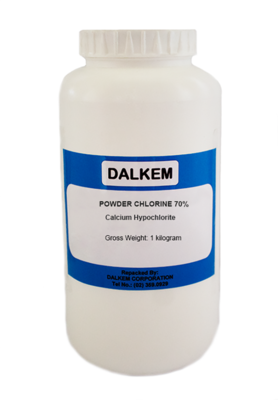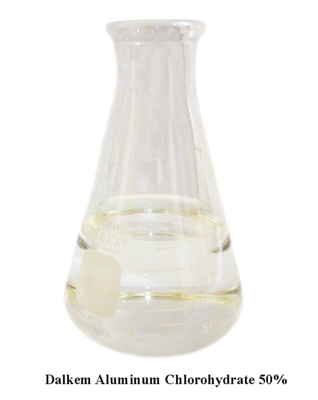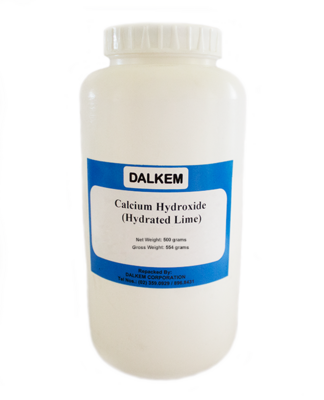Sodium Hydroxide or Caustic Soda Flakes Type Technical Grade
Php270.00
On Sale
was Php300.00 Save 10%
Packaging
In stock
Save this product for later
Sodium Hydroxide or Caustic Soda Flakes Type Technical Grade
Product Details
Brand: Dalkem
Product Details
Sodium Hydroxide
Caustic Soda Technical Grade
Sodium Hydroxide (NaOH) is white and odorless solid. It is a common ingredient in cleaning supplies, and perhaps most notably appears in drain and oven cleaning chemicals.
Sodium hydroxide causes skin to burn upon contact and will cause irrevocable damage if ingested. (See our safety sheet on Sodium Hydroxide.)
However, sodium hydroxide is FDA approved and is “generally recognized as safe” (GRAS). Used across a multitude of industries, some applications of sodium hydroxide include textiles, soap and cleaning products, paper, aluminum processing, petroleum, and bleach production.
The chemical is synthesized through electrolysis where chemical decomposition is achieved by passing an electric current through a solution of sodium chloride (commonly referred to as table salt) to yield sodium hydroxide and chlorine gas.
Facts
Sodium Hydroxide Density : 2.13 g/cm3
Common Names for Sodium Hydroxide : Caustic soda, lye, soda lye, and sodium hydrate
Sodium Hydroxide Melting Point : 604.4°F
Sodium Hydroxide Boiling Point : 2,530°F
Molar Mass of Sodium Hydroxide : 39.997 g/mol
Common Uses and Applications
- SODIUM HYDROXIDE FOR CLEANING
The beauty of sodium hydroxide for use in cleaning lies in its ability to transmute hard grease and fat buildup– attributed to clogging drains– into dissolvable soap.
Sodium hydroxide excels in the cleaning industry due to its accessibility, affordability, ease of detection, and disposal.
When used as a cleaning agent handlers must exhibit caution, as the chemical is known to burn human skin and cause severe internal damage if inhaled or ingested. Sodium hydroxide is particularly damaging if its fumes are allowed to permeate the eyes.
2. SODIUM HYDROXIDE FOR MEDICINAL USE
Sodium hydroxide is a component in common pain relievers, a piece of the puzzle in creating effective anticoagulants, and is used in cholesterol maintenance prescriptions.
.3. SODIUM HYDROXIDE FOR BEAUTY
In small dilutions (5%), sodium hydroxide is commonly found in the following beauty products:
• Hairspray
• Fragrances
• Soapmaking
• Foot powders
• Hair dye
• Makeup
• Nail care products
• Shampoos
• Shaving products
• Depilatories
• Suntan oils
• Chemical hair straighteners
The inclusion of sodium hydroxide in many beauty products is attributed to its ability to stabilize pH levels.
The inclusion of sodium hydroxide in hair products creates a less acidic environment for the scalp, skin, and hair.
The leveling effect of sodium hydroxide helps regulate external influences which may have otherwise changed healthy pH levels.
A common example is the mixture of residual oils on one’s hands introduced to the conditioning product upon application.
You May Also Like
Sold out

Powder Chlorine Calcium Hypochlorite70%
Powder Chlorine Calcium Hypochlorite70%
was Php600.00
Save 25%
Php450.00
Out of stock
Sold out

Aluminum Chlorohydrate Technical Grade
Aluminum Chlorohydrate Technical Grade
was Php430.00
Save 30%
Php300.00
Out of stock
On Sale

Calcium Chloride Flakes 74% Technical Grade
Calcium Chloride Flakes 74% Technical Grade
was Php280.00
Save 42%
Php162.00
Sold out

Niclon Calcium Hypochlorite Granular Pool Chlorine 70% Made in Japan 45 kgs
Niclon Calcium Hypochlorite Granular Pool Chlorine 70% Made in Japan 45 kgs
was Php8,200.00
Save 3%
Php7,990.00
Out of stock
Display prices in:PHP


